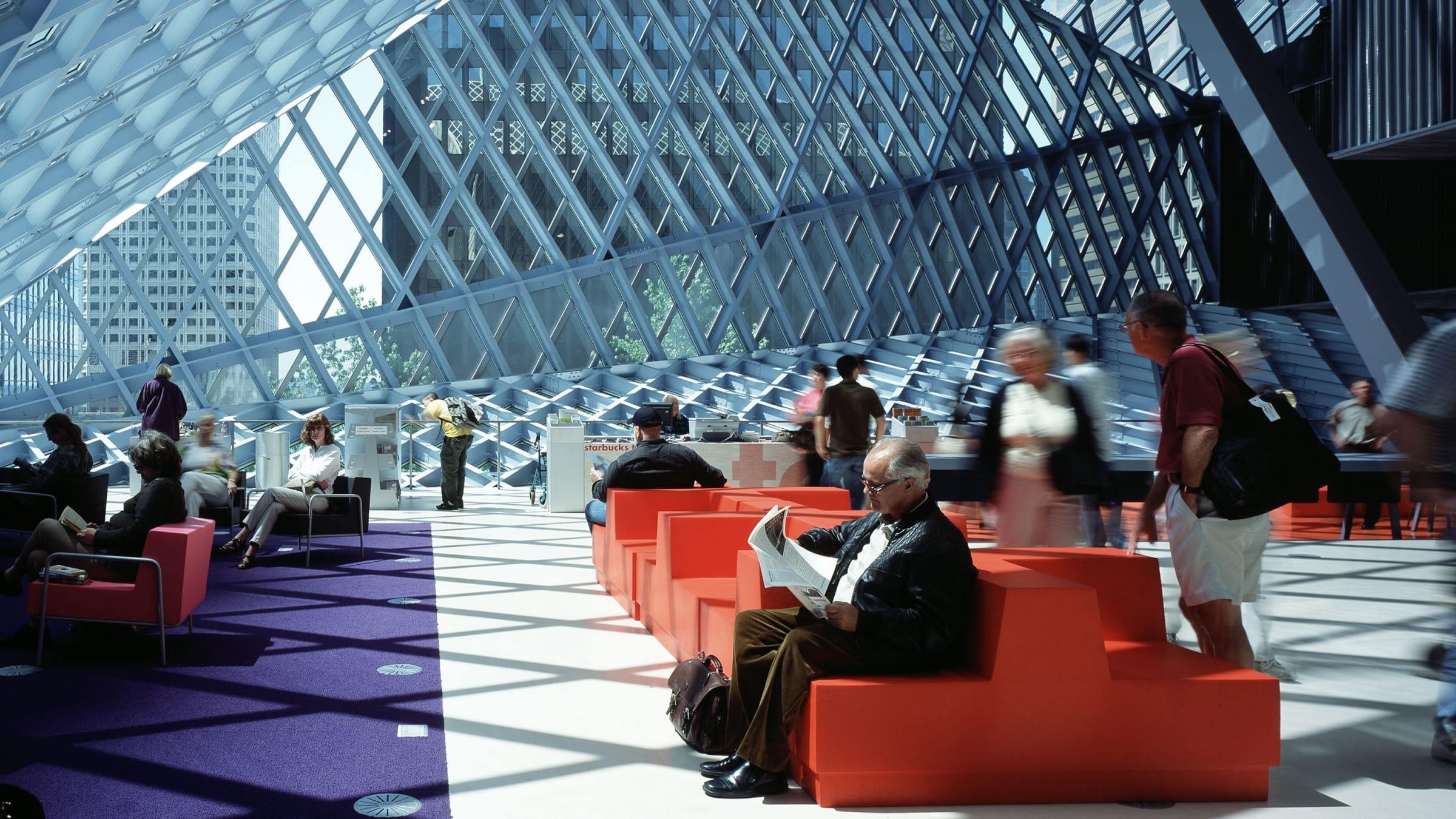As we reflect on the last few years we are rethinking how we use public and private spaces.
Many are working from home more than ever before. Most of us spend a fair amount of hours during the work week managing different demands and uses of our spaces. We are rethinking “open plan” design theory to meet the needs of ever transforming shifts to life/work balance. Once where we took walls down, we are seeing the need to put them back up. What holds true is the trend of fluid connections to our entertaining and private spaces. The open kitchen gathering space trend has lasted so long that it is now a solid part of our generational understanding of how a kitchen is designed. But what does one do with that formal living room? It appears to go under used and almost forgotten. As many work from home that space can be used as a center point of work space as an alternative to a home office. Once designed as more of an after thought, the home office in now more of a priority.
The same with the formal dinning room. The table is use as a transitional space for larger projects, a study zone and work space that can be easily transformed to host the traditional formal dinner party as needed.
We don’t necessarily take our meetings from a desk, but at times from a chair paired with a small table placed in front of the perfect backdrop for livestream meetings or presentations. What is behind you has become almost as important as what is in front of you as you work.
How and where we work effects our productivity. Depending on the task our environment needs to function differently. Many of us don’t take a traditional lunch break but rather eat while we are preparing and problem solving work strategies with remote teams of colleagues. When taking a break, instead of a meal, we sometimes spend that time differently. We take a walk around the block to stretch and engage with the local neighborhood street culture as we get our steps in, down a corridor of our office building enjoying a private selection of art work made by local or regional artist or out to a public plaza for fresh air. There are many ways in which we now engage with the environments that surround us.
Many of us after spending hours at home working solo realize we need passive engagement. Meaning we want to be with other people but we don’t necessarily need full on or involved interactions. For decades many of us have set up a little work or study space at a local cafe. Commercial cafe design has long applied residential concepts. There are lounge spaces one might find in a living or family room aside traditional tables for eating, snacking and having a beverage while working on a project. The design formate can oblige many different kinds of uses and functions.
We see these design evolutions happening in our community spaces more and more as well. Local museums, libraries and community centers are becoming a standard go to for remote workers. There are intimate and open spaces throughout public buildings to accommodate different kinds of uses. It is not uncommon to kick one’s feet up, put in noise canceling earbuds and get to work on a project in the lobby of the library or in the local museum cafe for a few hours. Although this has been a standard practice for decades we are seeing the demand for these kinds of spaces rise.
Of course the way in which we design these public and private spaces, and the products we need for those spaces, is changing as well. More of our public and office spaces are starting to become much more comfortable while using residential design theories and materials. We all know from the data and research that people learn and work differently. Some are most productive at a desk in a traditional cubical office environment, while others find focus and success in a lounge chair with their feet stretched out in front of them on an ottoman and still others are best standing at a bar height counter. Our home life is less separated from our work life, and our public life is much less formal or detached from our private time. There is much more fluidity between the spaces we spend our time and the design languages being used have much more overlap than ever before. Our homes have more work functionality, and public spaces are designed to be much more comfortable and homelike. The blending and overlap of use are a common intersection with our comfort and quality of life. Take your children to work is not reserved for one day a year, but rather fully integrated into our work weeks consistently. The spaces we occupy demand versatility.
What we are rapidly discovering is, what is old is new and what is new is old. We live in the metamodernism age in which integrated pluralism surrounds us. Nothing is just one thing, and no place has just one purpose. What we design, and how we live, is evolving yet staying the same. We still need comfortable spaces that function, but those spaces and the objects in them don’t fulfill only one purpose.









